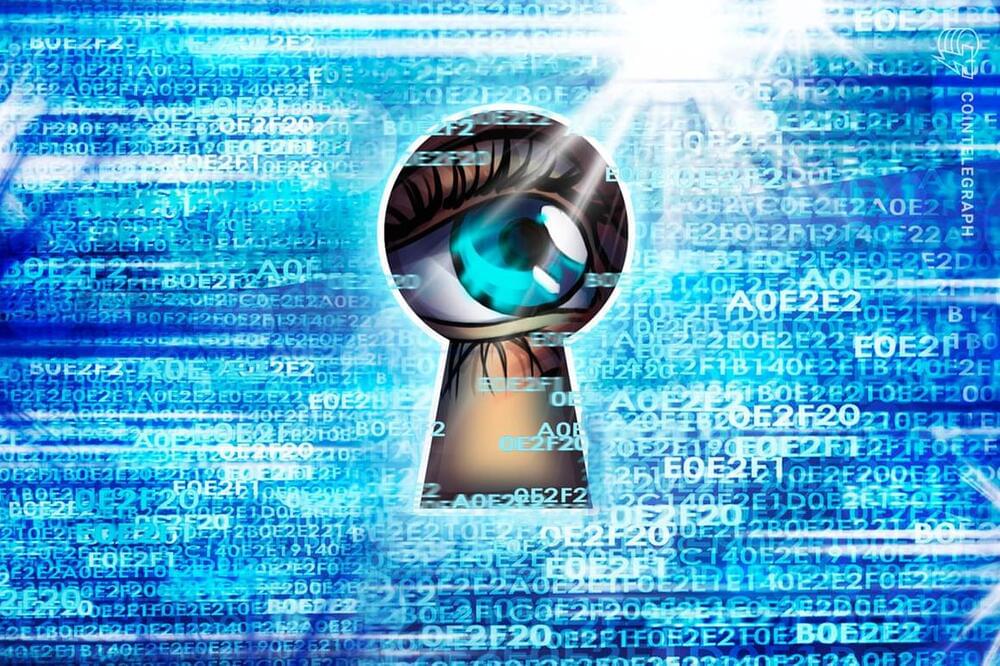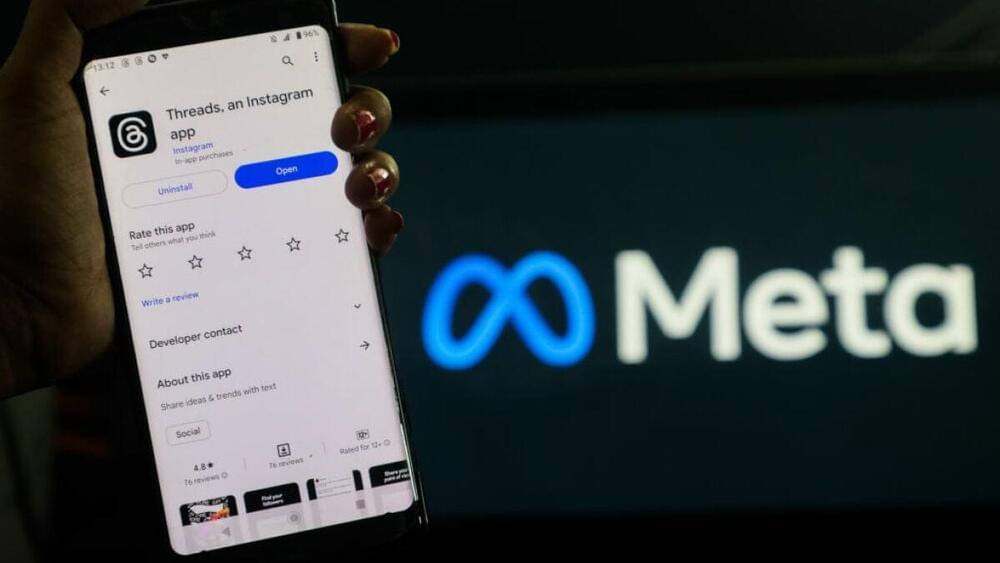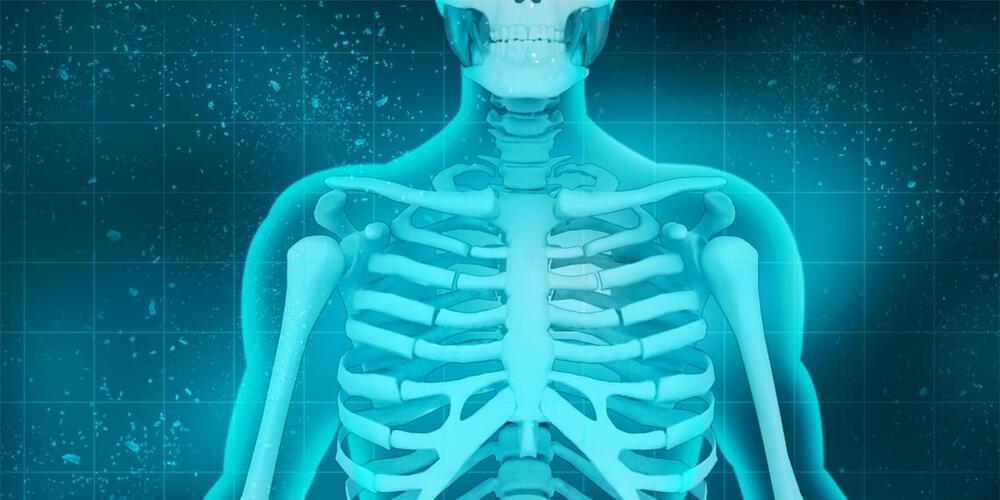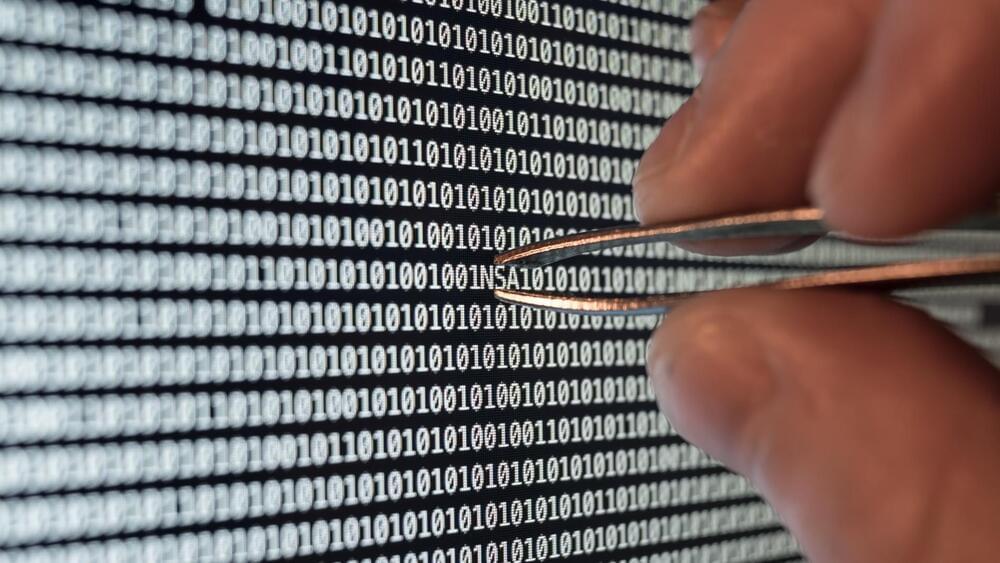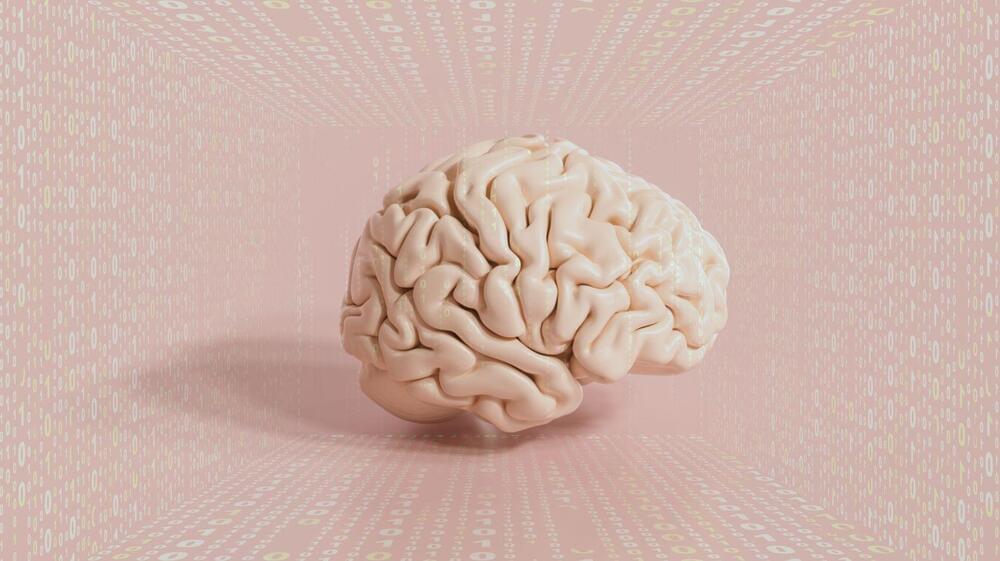Kenya claims it’s shutting down Sam Altman’s eyeball-scanning Worldcoin cryptocurrency within its borders — but Worldcoin says it’s suspending its own services in the country, thank you very much.
In a joint statement, a group of agencies in the East African nation said that Worldcoin “must cease its data collection activities in Kenya until further notice” as it investigates regulatory concerns about the way the project collects biometric data.
Worldcoin, meanwhile, seems to have a different version of events.

